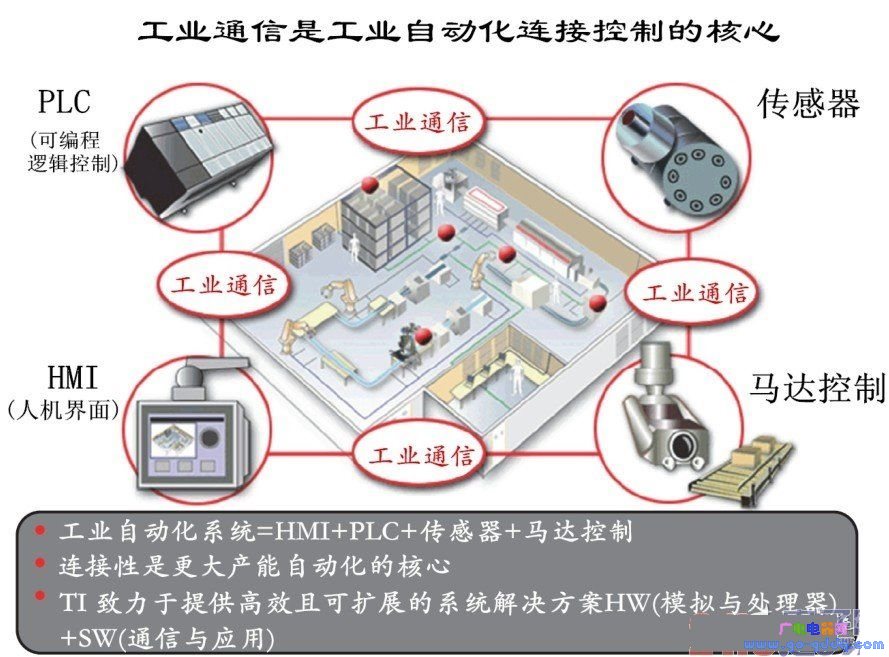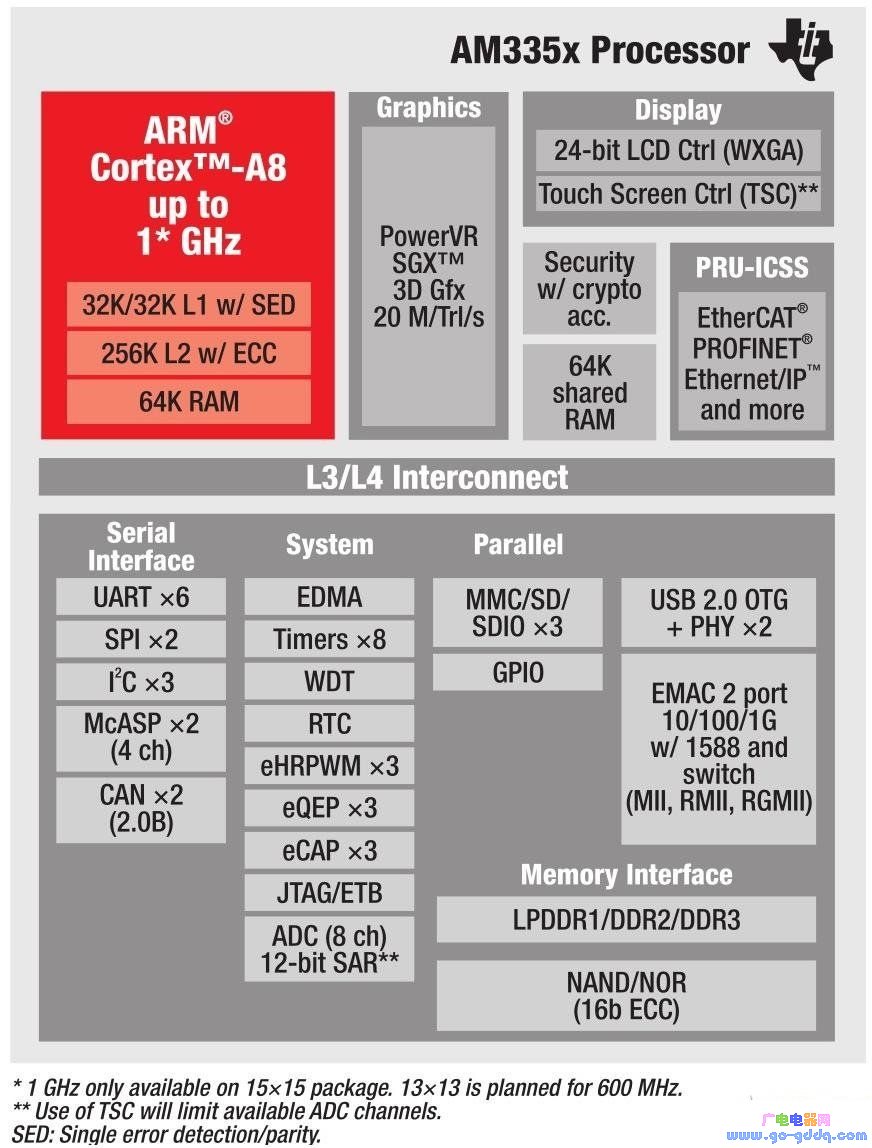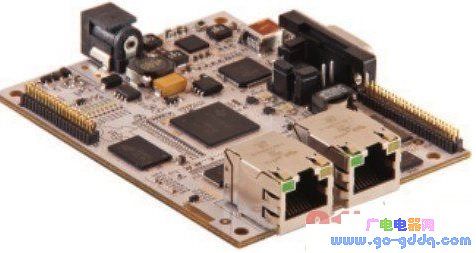Summary
In today's fast-paced global market, efficient industrial production heavily relies on the speed, accuracy, and reliability of automation systems. Even in regions with low labor costs, manufacturers are constantly seeking ways to enhance their automation precision, as they understand that falling behind could jeopardize their competitive edge.
The backbone of modern industrial automation is a new generation of smart sensors that keep production lines running smoothly. These sensors are connected through low-latency, real-time networks to high-performance programmable logic controllers (PLCs) and human machine interface (HMI) systems. Time is a critical factor for manufacturers—production lines must operate at maximum speed while maintaining product quality. High-speed, reliable sensors must monitor and measure various states of the production line within milliseconds, and the network must transmit this data quickly and without disruption. To achieve these performance goals, a wide range of industrial communication protocols are essential, including PROFIBUS/PROFINET, Ethernet/IP, EtherCAT, POWERLINK, and SERCOS III. PLCs must also respond in real time; otherwise, productivity and profitability can suffer.
Texas Instruments (TI) has extensive experience in delivering comprehensive, high-performance, and scalable technologies for industrial automation. TI’s broad portfolio of analog and embedded processor products enables customers to design complete system-level solutions. This article highlights TI’s innovative, differentiated solutions that make industrial communications more cost-effective, accessible, and capable of driving automation and productivity improvements.

Figure 1: HMI + PLC + sensor + motor controlled industrial automation system
Introduction to Industrial Automation
A typical industrial automation system consists of four main components: sensors, human machine interfaces (HMIs), programmable logic controllers (PLCs), and motor drivers. These components communicate through high-speed, low-latency networks to ensure real-time responsiveness and precise control over high-speed production processes.
Sensors
Modern factory automation systems increasingly depend on smart sensors that not only monitor and measure but also analyze and act in real time. These sensors cover a wide range of physical parameters, such as temperature, motion, optical detection, position, weight, acceleration, chemical composition, gas, air pressure, liquid flow, and more.
Human Machine Interface (HMI)
An HMI is a user interface or subsystem that allows operators to interact with the control system. Most HMIs in industrial automation use touchscreens and graphical displays, making them intuitive and easy to use.
Programmable Logic Controller (PLC)
PLCs are microcontroller-based systems that receive inputs from sensors and operators across the plant. Based on this information, they initiate actions to control the production line efficiently.
Motor Driver
The motor driver is the component that actually executes commands from the PLC. For example, in an automotive assembly line, a sensor might provide the PLC with the car body’s position, which then triggers the motor driver to control the robot arm for spot welding.
Future Challenges
Industrial automation continues to face challenges related to real-time responsiveness, reliability, accuracy, and system maturity. Networking and communication technologies play a vital role in meeting these demands. However, the diversity of communication protocols—over 120 serial standards and 25 Ethernet-based protocols—can complicate system integration and increase costs.
Many automation systems today use a central CPU along with dedicated components like ASICs or FPGAs for protocol processing. This approach increases complexity and cost, especially for slave devices that require protocol-specific hardware. TI is working to simplify this by offering integrated solutions that reduce the need for external components and streamline deployment.
Texas Instruments' Solutions
Texas Instruments provides comprehensive solutions for industrial automation, including embedded processors, sensors, software building blocks, and development tools. These solutions are designed to be simple, cost-effective, and scalable, supporting both master and slave devices in automation systems.
One key solution is the Sitara AM335x ARM Cortex-A8 SoC, which integrates multiple processing cores, real-time communication accelerators, and support for advanced operating systems. It is ideal for handling tasks ranging from smart sensor processing to PLC functions and offers low power consumption for strict power budgets.

Figure 2: Sitara ARM AM335x processor structure
The AM335x includes a Programmable Real-Time Unit-based Industrial Communication Subsystem (PRU-ICSS), which eliminates the need for separate ASICs or FPGAs for protocol processing. This reduces BOM costs by up to 40% and simplifies network deployment. The PRU-ICSS supports popular protocols like PROFIBUS, EtherCAT, and Ethernet/IP, and its programmable nature allows for custom IP implementation.

Figure 3: PRU-ICSS structure diagram
The AM335x is also suitable for HMI applications due to its graphics capabilities and support for operating systems like Linux, Windows Embedded CE, and Android. It supports both real-time and high-level operating systems, giving developers flexibility in choosing the right platform for their application.
Reliability is another key factor in industrial automation. The AM335x is built to withstand harsh environments and has a long operational life, ensuring stable performance over many years.

Figure 4: Sitara AM335x Scalable Platform
Seizing Market Opportunities
Texas Instruments provides a wide range of development tools and software to help automation vendors implement advanced features quickly. One such tool is the Industrial Communication Engine (ICE), which simplifies the development, testing, and optimization of slave communication functions. ICE supports multiple protocols and includes features like LEDs, digital I/O, and CAN transceivers, making it a powerful platform for industrial automation projects.

Figure 5: Sitara ICE
A Competitive Future
As manufacturing becomes more complex, industrial automation systems must continue to improve in speed, accuracy, and reliability. Manufacturers are turning to automation to boost efficiency and reduce costs, aiming to gain a stronger market position. With TI’s AM335x SoC and a wide range of analog products, along with tools like the ICE platform, industrial automation vendors can meet evolving market needs and stay ahead of the competition.
Huasheng Buzzer,Huasheng Buzzer used in car,Huasheng SMD magnetic Buzzer
Gaoyou Huasheng Electronics Co., Ltd. , https://www.yzelechs.com
